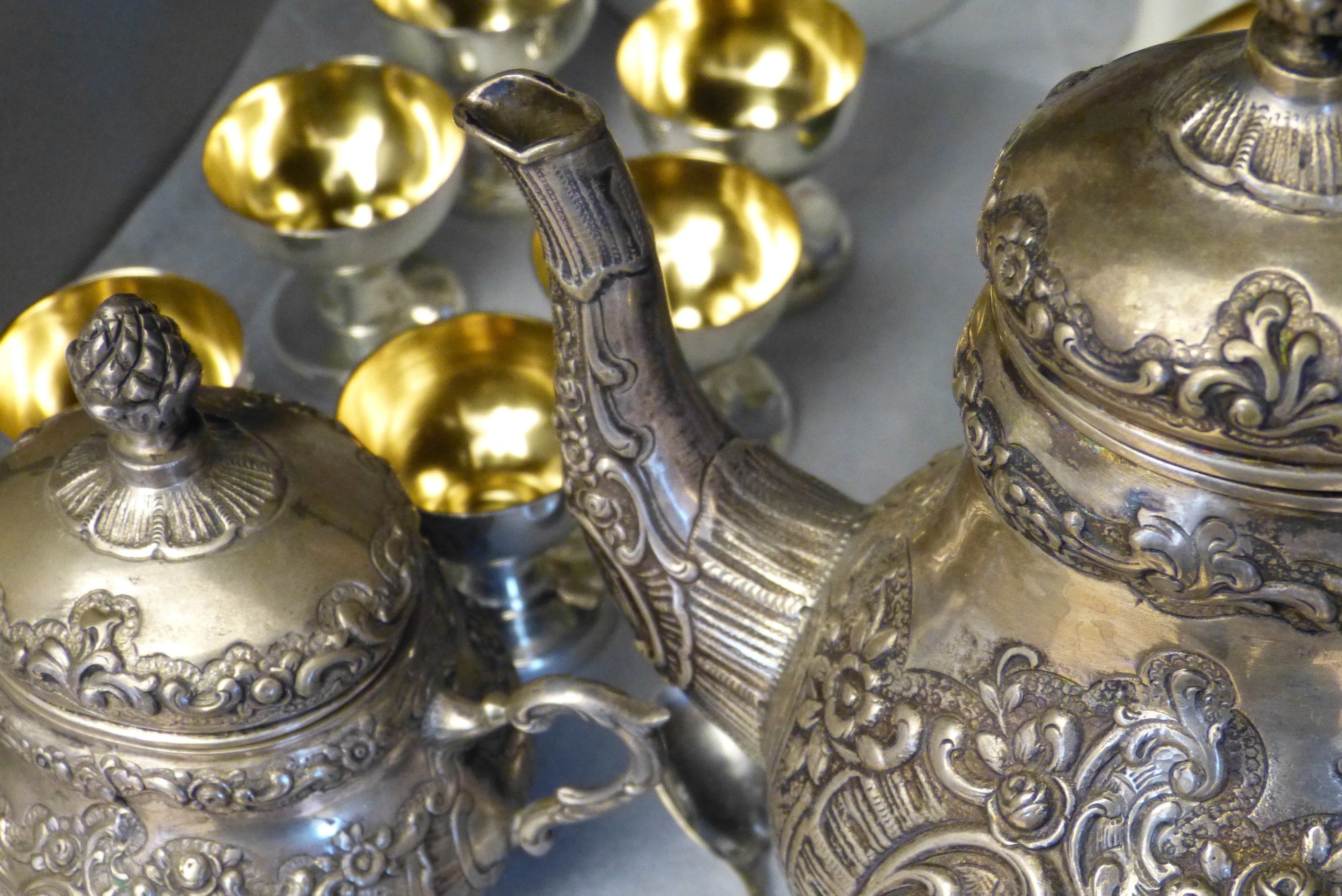Collecting
Our Mission
The German Emigration Center Bremerhaven has made it its mission to preserve material and immaterial vestiges of migration, from and to Germany, since the 18th Century. We want to make the history and extraordinary significance of migration for the development of politics, culture, and society accessible to a broad audience. And thus, providing an essential impulse for discourse that is always up to date. We emphasize the direct experiences and life stories of emigrants and immigrants - who are the central actors and witnesses of migration.
Why Collect?
History and events leave behind marks of both material and immaterial nature. In rooms, societies, and people’s lives. They are all at risk of disappearing through displacement, modernization, chemical, physical processes, and being forgotten. It is precisely those stories of people, like migrants, who have spent many chapters of their lives in different places that quickly disappear. The same is true for documents relating to emigration and immigration, which were and are mostly privately kept - beyond the reach of government administrations, libraries, or company archives.
Be it letters, travel documents, or photographs: Many vanish with the new generations who no longer know the stories and faces behind them. At the same time, personal objects provide us with irreplaceable insight and empathy into historical events. In a world continually characterized by migration, it is an essential social task to preserve memorabilia of this kind and conduct research on these objects. Making them accessible to a broad public through publications and special exhibitions. This is why we at the German Emigration Center are actively collecting such leads and stories, thus writing a piece of history.
History of the Collection
Soon after its completion in 2005, the German Emigration Center had many opportunities to supplement and expand the exhibition’s existing originals. For example, after their exhibition tour, numerous visitors approached us to share their family histories with our researchers and hand over personal objects afterward. As a Migration Museum, we have been systematically collecting since 2007 to keep German and Eastern European migration history alive, along with its traces and, in particular, the life stories of migrants. Over 3,000 family histories and related documents and objects now constitute the core of our museum collection.
Gather what?
Only recently has migration been appreciated as a defining part of German and European history. Over the past few decades, the individual fate of the “little people” has started to play a role in addressing historical phenomena. Yet, to this day, the extraordinary value of many items was never recognized for a collection and still is not. So collecting objects related to migration history necessitates exceptional sensitivity, responsible documentation, and meticulous, professional safekeeping.
The German Emigration Center’s work on the collection focuses on the period from the 17th Century to the present day, on German and Eastern European emigration overseas, international immigration to Germany, and domestic migration within Germany. For example, the history of labor migration from Vietnam to the former German Democratic Republic can be a topic like a tale of migration from Bremen to Australia.
An object, picture, or document with its own story can enrich the collection in so many ways:
as a memorable collective object that many migrants encountered in a particular manner (e.g., border markers, ships’ furnishings)
as objects that became mementos or important companions during their individual migration history (e.g., cameras, garments, talismans)
as original personal and official documents (e.g., letters, travel documents, residence permits, work permits)
as print media (e.g., books, magazines, maps)
as media (e.g., films, photos, tape recordings)
as works of fine art (e.g., graphics or paintings)
Also, personal narratives provide more than just an opportunity to put an object into perspective. Stories and first-hand experiences are themselves also extraordinary documents of history. For this reason, we also gather spoken testimonies in our “Archive of Oral History”. Their record of migration, or stories of emigration, and the consequences for relatives who have preserved them over generations, are kept there in written form, taped, or on film.
We’re Looking for Your Story
Would you like to contribute to the research? Make your own experience seen and heard? Or are you considering sharing a unique piece of your family’s mementos with others? Please feel free to get in touch with our Collection Manager directly:
German Emigration Center
Dr. Tanja Fittkau
Columbusstrasse 65
27568 Bremerhaven, Germany
Phone: +49 (0)471/90220–0
t.fittkau@dah-bremerhaven.de
Object of the Month
Each object in the German Emigration Center’s collection tells a very personal story of emigration or immigration. This section presents a special object from our collection every month - a photograph, a document, or a personal memento (in German only).






